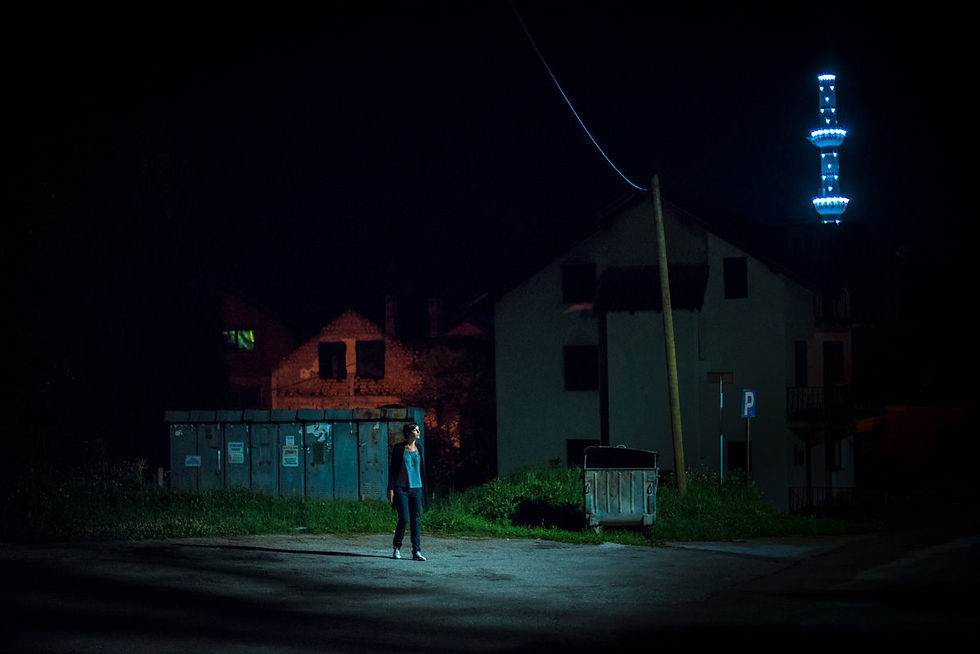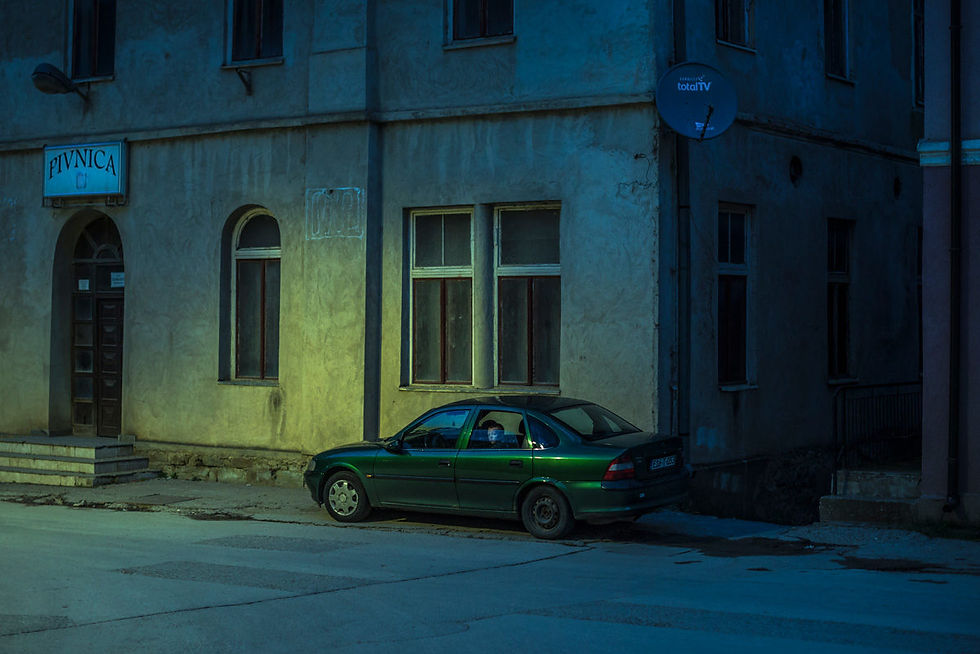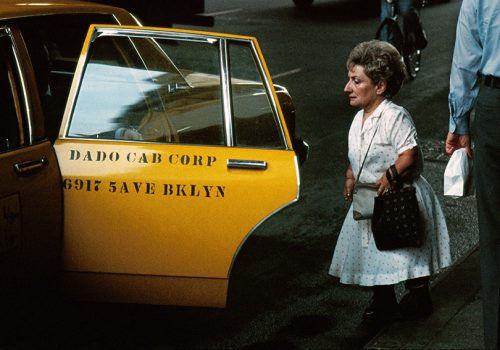Srebrenica, portrait of a post-genocide generation
- Frank Willis

- Dec 22, 2020
- 2 min read

© Adrien Selbert
In 1995, the war in Bosnia and Herzegovina between the Serbian, Croatian and Bosnian populations ended. Twenty years later, the city of Srebrenica is still struggling to heal the wounds of the massacre that ravaged it. Adrien Selbert, a 30-year-old French photographer, took an interest in this new generation who has to deal with prejudice, unemployment and corruption.
When you're 20, Bosnia seems to be a strange destination. In 2005, however, it was in Srebrenica that Adrien Selbert decided to travel. At the time, the young Nantes resident wanted to make a documentary film on youth. “I wanted to check out what Bosnia was like ten years after the end of the conflict. Why Srebrenica? Out of curiosity, ”he explains. On July 11, 1995, the Muslim enclave of this former spa town in Bosnia and Herzegovina fell under the control of the Serbian army, which murdered more than eight thousand men in only three days. Adrien still remembers the images of this war on the television news. Images that marked him.

© Adrien Selbert
A graduate of Beaux-Arts of Nantes and Arts Déco of Paris, he became a director and documentary director. Years have gone by, but his desire to report his observations as accurately as possible remains. He went back to Srebrenica in 2008, 2012, then every year. Adrien decides to swap his camera for a reflex in order to undertake a photographic work around the theme that is close to his heart: the lives of young Bosnians wandering in the middle of the remains of a war they never experienced. At 18, most of them emigrate to the big cities. Those who remain - among the Serbs -, remarks Adrien, are annoyed to be brought back to the past and to the crimes committed by their elders against the Muslim Bosnians.
Every summer, "they are entitled to their share of tourists who stare at them like wild animals." The city has been trying to rebuild itself for twenty years and, despite the money coming from international aid, the facades of the houses still bear the scars of the war. “Local youth wonders where the money is going,” Adrien reports.
He could have photographed Srebrenica by day, but "at night, the city is adorned with melancholy, a 'Lynchian' strangeness that better reflects the aura of the city. The atmosphere becomes disturbing with its stray dogs, its deserted streets and the special light of its lampposts. There is a murky atmosphere that is not unlike that of B-movies, "says the photographer. Night has also imposed itself because it is the time when young people reclaim their city, where they have fun and live.


Comments